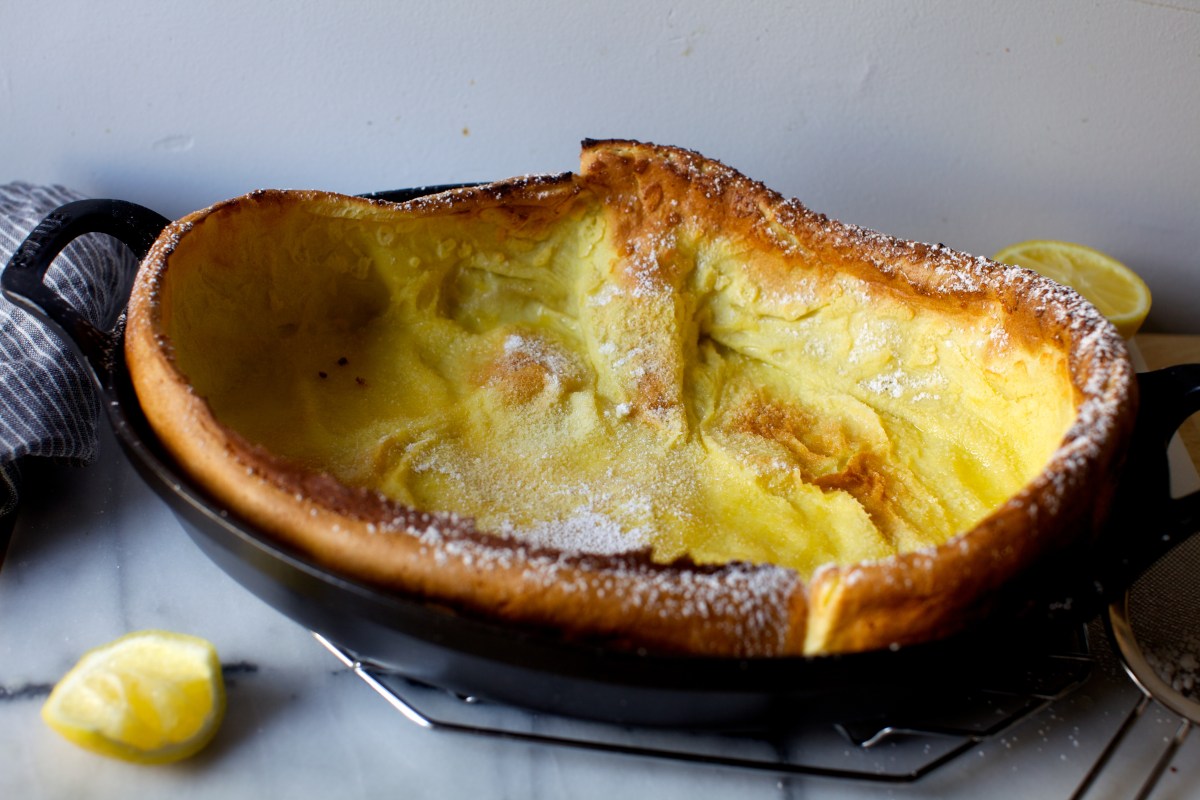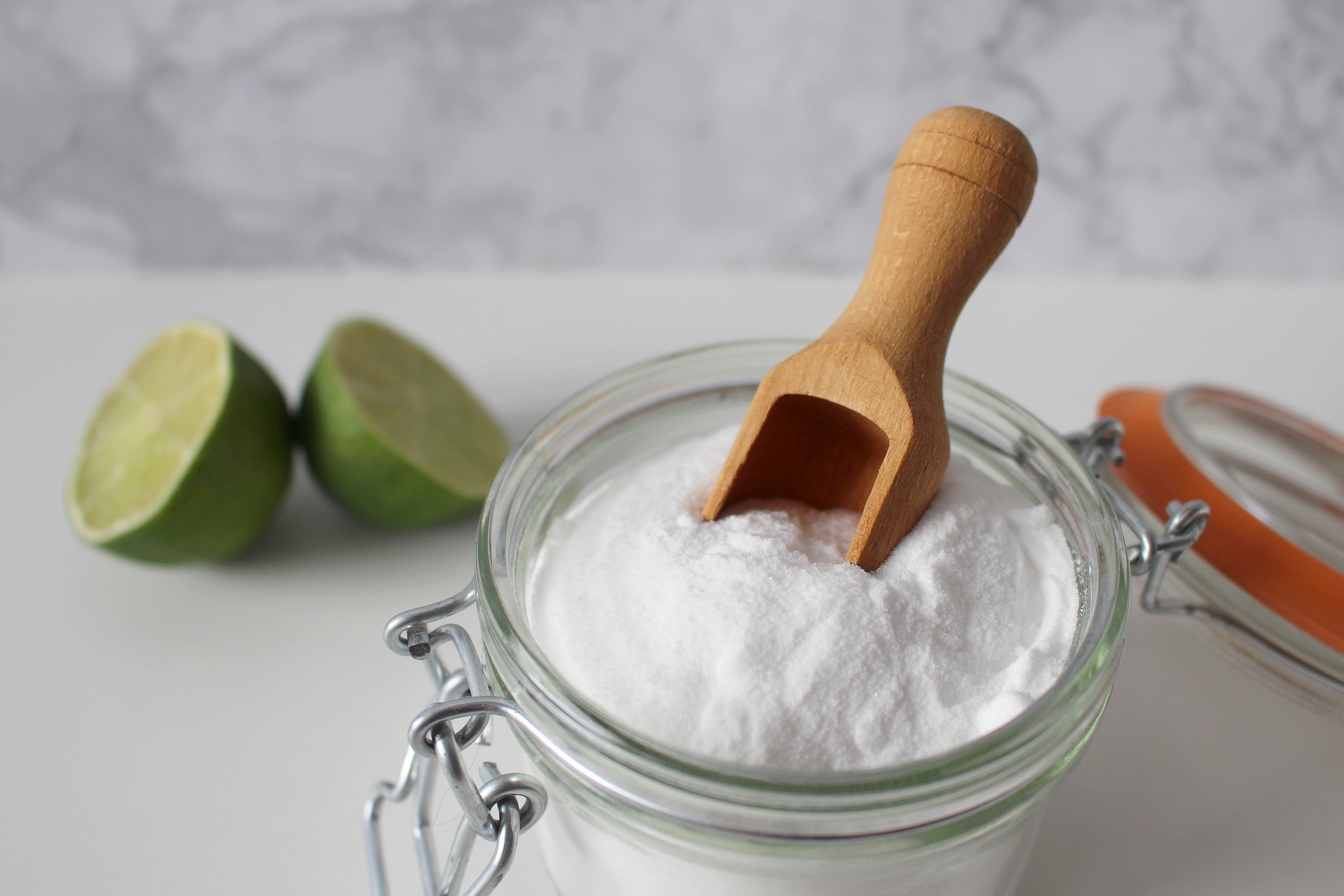

The first time I visited a pannenkoeken huis (pancake house) in the Netherlands, I was surprised by the food on the table.
It bore little resemblance to the tall stacks of fluffy flapjacks I grew up with in the U.S.
Instead, Dutch pancakes are thin and dense, usually made to be as big as the plate itself.
For comparison’s sake, they’re not quite as thin as crepes — I mistakenly called them crepes to a Dutch person once! I don’t recommend uttering those words.
You might also notice that there’s no maple syrup to be seen. Powdered sugar is the king of pancake toppings here.
In the U.S., you can get sweet pancakes with cinnamon and apples, for example. However, it’s also quite common to order savory pancakes, which can feature various meats or even be kimchi inspired.
There’s much more variety than I’ve experienced back home.
Even with all the deliciousness and variation in toppings, the food scientist in me couldn’t help but think about what makes these two styles of pancakes — American and Dutch — so different.
And for that, I needed to look deeper at the ingredients.
What makes a pancake Dutch?


Dutch-style pancakes are easy to make and only require four ingredients: flour, eggs, milk, and salt.
First, mix 225 grams of flour with a pinch of salt. Add 500 milliliters of milk and two eggs. Mix together using a whisk or electric mixer until the pancake batter is smooth.
Put a ladle full of the batter into a frying pan over medium-low heat. Add some oil or butter to the pan first so that the pancakes don’t stick. Swirl the batter around to coat the pan evenly.
Cook each side of the pancake for 1–2 minutes.
That’s it!
When you compare the Dutch pannenkoek to the recipe for fluffy pancakes that Americans are accustomed to, a couple of key ingredients are missing: baking powder, butter, and sugar.
You can see the comparison in the table below.
Here is where the food scientist in me started to kick in.
It has to be these three ingredients that explain the differences between tall, airy American flapjacks to the thin, dense Dutch-style pancakes.
But why?
How?
For this, I needed to do a detailed investigation into each ingredient and its purpose in pancakes.
What’s missing in Dutch-style pancakes?
Butter


The first ingredient that the Dutchies don’t include is butter. Besides making food taste good, butter often has a second purpose related to texture.
Per U.S. law, butter must be at least 80% fat and incorporating this much fat changes the structure of the pancake.
But to understand why, we first need to talk about proteins.
In both types of pancakes, flour is used because it contains a protein named gluten. When this gluten is hydrated from the addition of milk, the proteins begin to interact with each other and form a network. This network is what holds the pancake together.
When butter is added to American pancakes, it breaks up the protein network and prevents it from becoming too strong. The fat quite literally gets in the way of the proteins. This lends American pancakes a softer and shorter texture.
Since no butter or oil is added to Dutch pancakes, the gluten network is not impeded and becomes super strong. This results in a dense, chewy texture that is totally different from American pancakes.
One final note on fat: every once in a while, you might see butter or oil listed in a Dutch pancake recipe, which is simply used to prevent the pancakes from sticking to the frying pan.
Table sugar


If you asked an American what color the perfect pancake would be, I would guess the number one answer would be golden-brown.
I cannot resist a perfectly browned pancake.
This browning reaction goes by a specific name — Maillard Browning. It’s not only responsible for the color and flavors in American pancakes but also foods like cocoa, coffee, and toast.
To get Maillard Browning going, we need sugar and protein. Luckily, the pancake already contains plenty of protein from both the flour and eggs.
But, if we want the golden-brown hue that American pancakes are known for, we need to add a little bit of sugar to rev up that Maillard Browning.
Table sugar is more scientifically known as sucrose, but sucrose itself doesn’t participate in Maillard Browning. Instead, sucrose breaks down under heat into two smaller sugars — glucose and fructose.
These two sugars react with the protein in the pancake and give the final flapjack the brown colors and flavors so characteristic of American pancakes.
Without the extra sugar, Dutch pancakes typically have a lighter color or pale hue that looks a bit spotty. You can see this in some of the pictures I’ve taken.
Baking powder


Baking powder is a mixture of tartaric acid and sodium bicarbonate or simply an acid and a base.
When water is added (from the milk in this case) the acid and the base will chemically react and produce carbon dioxide bubbles shown in the reaction below.
A chemical reaction showing the base and acid reacting to form carbon dioxide bubbles.
A chemical reaction showing the base and acid reacting to form carbon dioxide bubbles.
These tiny gas bubbles are what make American pancakes rise and result in the classic, fluffy texture, whereas Dutch pancakes remain thin and unleavened.
Once heat is applied, the gas bubbles will expand even more, raising the pancake to its final height. With all the bubbles in the American pancake, the texture will be light and airy compared to the more dense Dutch pancake.
If you get to The Netherlands, you must try Dutch-style pancakes.
When you step off the train in Amsterdam Central, you’ll be greeted with many restaurants advertising themselves as pannenkoeken huizen. I suggest getting off the main drag and trying out this smaller place called the Pancake Bakery.
You’ll get a more authentic experience and the restaurants on the main road are rife with tourists and steep prices.
If you’re with a friend, definitely share one sweet pancake and one savory pancake — as you can see, they’re huge!
And, of course, enjoy.

